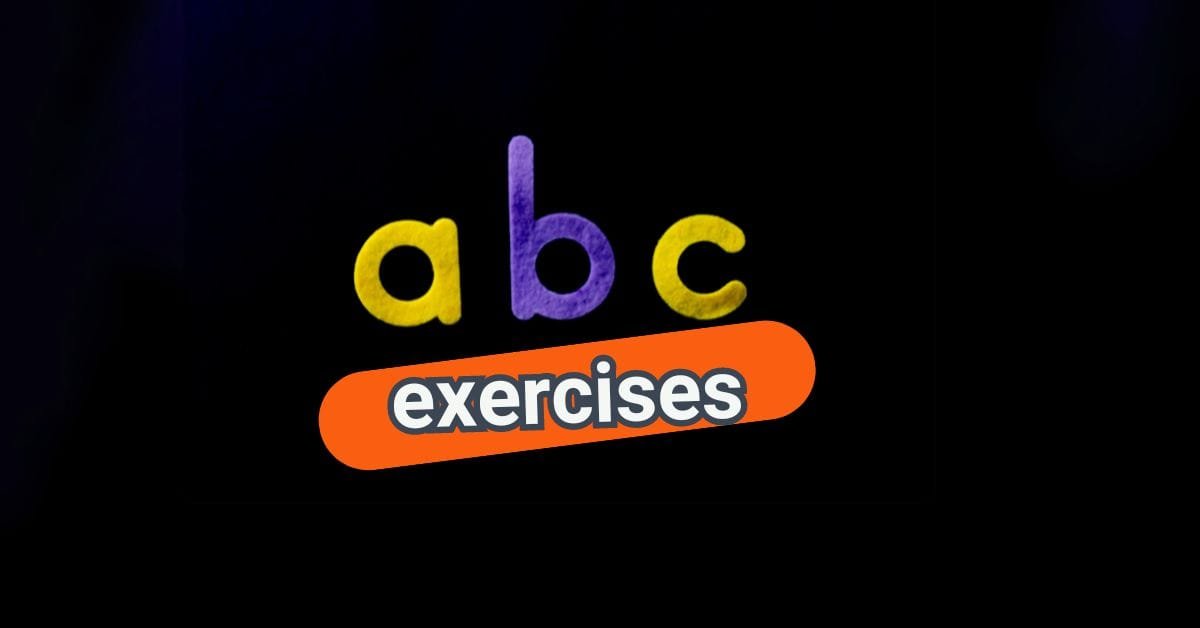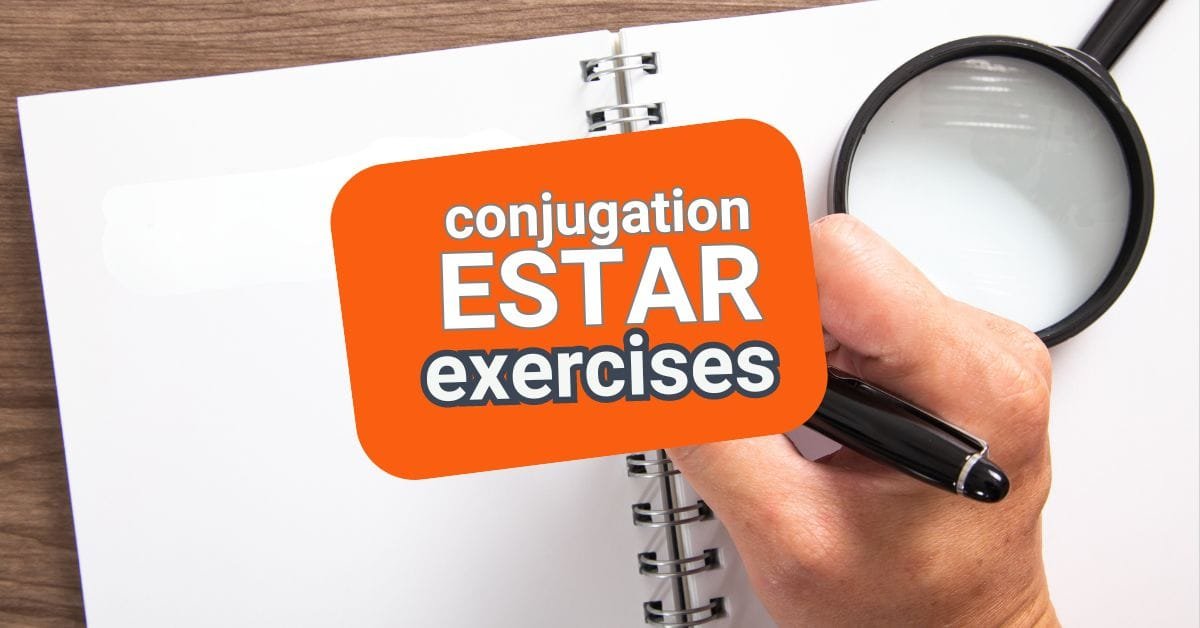Idioms are one of the most fun (and puzzling) parts of learning Spanish. They add character, emotion, and depth to the language, but often don’t make sense when literally translated. Understanding idioms is one of the most effective ways to sound fluent and connect with hispanic speakers. That’s why understanding idioms is essential to sounding more fluent and connecting with native speakers.
Spanish idioms don’t always make sense when translated word for word. That’s because they carry cultural meanings and emotional weight that can only be grasped through exposure and practice.
In this Spanish idioms practice, you’ll work through a set of common expressions daily used throughout the Spanish-speaking world. You’ll match a variety of common expressions to their proper meanings or the situations they describe.
These idioms are ideal for intermediate learners who want to go beyond textbooks and engage with real Spanish.
This guide introduces you to popular idioms and gives you a chance to test yourself in a fun and interactive way.
You are in no need to memorize a boring list, just have fun and test your instincts!
Why Practice Spanish Idioms?
Idioms are phrases or expressions that convey meanings not always obvious from the literal words. For example, the English expression “It’s raining cats and dogs” isn’t about animals, it means it’s raining heavily. Spanish has thousands of similar expressions, and learning them will make a difference in your language comprehension. By learning idioms you’ll:
- Understand conversations more easily
- Add color and emotion to your speech
- Avoid sounding robotic or overly literal
- Improve your cultural awareness
- Communicate more naturally and confidently
If you’ve been studying grammar and vocabulary, idioms are your next step toward real fluency.
About This Spanish Idioms Practice
This is not just a list of idioms to memorize. In this practice, you’ll actively match Spanish idioms with their English meanings or usage contexts. As you do, you’ll develop a deeper understanding of how these expressions work and how they differ depending on tone, region, and social setting.
Idioms in this exercise include:
- Common expressions used in casual conversations
- Idioms with emotional or humorous connotations
- Regionally specific phrases that reveal cultural nuances
Whether you’re studying for fun, travel, or professional purposes, idioms will elevate your Spanish in powerful ways.
Interactive Spanish Idioms Matching Exercise
Below, you’ll find our interactive matching activity. Match each Spanish idiom to its correct meaning or context. As you work through each expression, think about its tone (formal, casual, or humorous) and how it might be used in everyday conversations.
Some idioms may reflect specific cultural contexts, while others could feel universally familiar. Pay close attention to expressions that don’t translate literally. They’re commonly used in conversations across Spanish-speaking countries.
By exploring these idioms, you’ll gain insight into how Spanish speakers convey emotions, humor, and wisdom through language. It’s more than just translation. It’s a chance to connect with the culture behind words. This is your chance to test what you know, or simply go with your instincts. Some expressions may be familiar, while others will challenge you to think in a new way.
As you work through the activity, try to guess:
- What situation the idiom is used in
- Whether it’s formal, casual, humorous, or emotional
- If it would make sense in English, or if it reflects something unique to Spanish-speaking cultures
Remember, making mistakes is an important part of learning. Each time you try, you’ll remember more and feel more confident using idioms. Ready to sound more like a native? ¡Vamos!
Tips for Mastering Spanish Idioms
If this is your first time working with idioms, don’t worry, they become easier with practice. Here are a few ways to keep improving:
- Listen to Native Speakers
Spanish speakers use idioms in music, movies, podcasts, and daily conversation. Pay attention to how and when idioms are used, and try to notice the speaker’s tone. - Repeat and Reuse
Once you learn a new idiom, say it aloud. Try using it in a sentence, even if it feels awkward at first. Repetition helps build memory and confidence. - Learn Idioms in Context
Avoid memorizing idioms in isolation. Instead, connect them to real situations. For example, associate “estar en las nubes” (to be daydreaming) with a time you lost focus during class. - Keep a Personal Idiom Journal
Write down new idioms you encounter, their meanings, example sentences, and how you might use them. Reviewing your journal weekly will reinforce what you’ve learned.
Understanding idioms is key to navigating real conversations. These expressions are deeply cultural and often full of humor or emotion. By learning to use them correctly, you’ll not only improve your vocabulary, but also start to sound much more natural when speaking Spanish.
Spanish idioms often reflect cultural values, traditions, or humor. For instance, some idioms in Spain may differ from those in Mexico or Argentina. That’s part of what makes them so valuable to learn. They give you insight into the culture as well as the language.
Understanding idioms also helps you avoid confusion. Literal translation doesn’t always work, and trying to guess an idioms’ meaning without context can lead to misunderstandings. With practice, though, you’ll begin to recognize patterns and tones that clue you in.
Keep practicing, and don’t worry if some of them seem confusing; soon, you’ll be using them effortlessly!
Keep Learning: More Idiom Practice and Resources
If you enjoyed this Spanish idioms practice, there’s more where that came from. Continue building your idiomatic knowledge and fluency with our other lessons:
Spanish Idioms You need to know (and when to use it)
Spanish idioms interactive quiz
And of course the Spanish Now YouTube Channel
Learning Spanish idioms gives you the ability to express yourself more like a native speaker. Idioms are everywhere, in stories, jokes, advice, and casual conversations. By studying them in context and practicing regularly, you’ll add emotion, depth, and authenticity to your Spanish.
Take your time with this practice. Watch how native speakers use idioms, repeat them aloud, write them down, and try to use them naturally in your own conversations. Bit by bit, these expressions will become part of your active vocabulary.
You’re not just learning words, you’re learning how people think, feel, and relate through language. That’s what fluency is all about.


